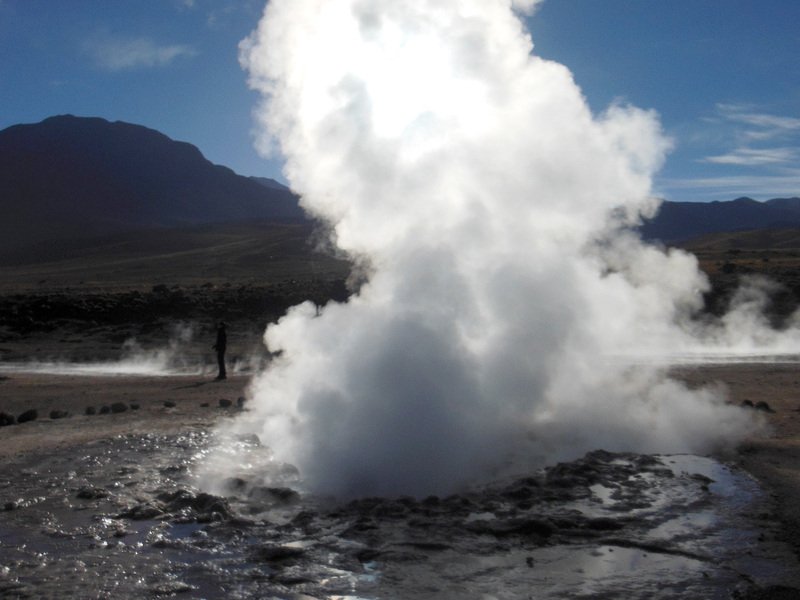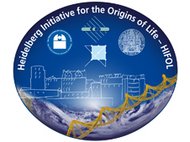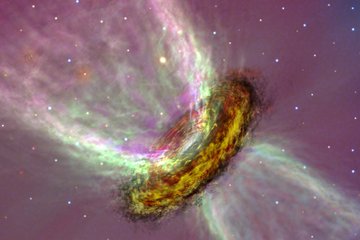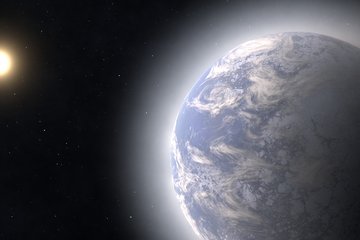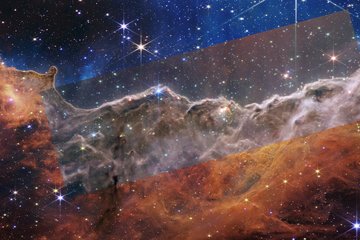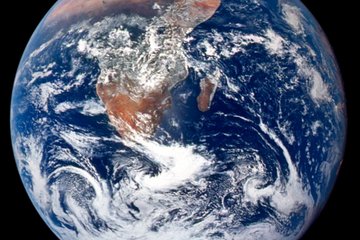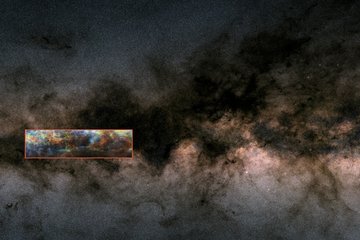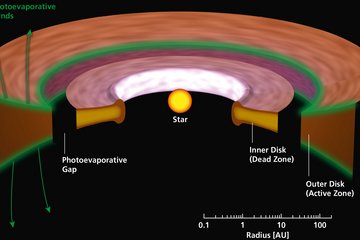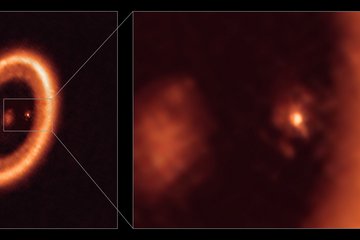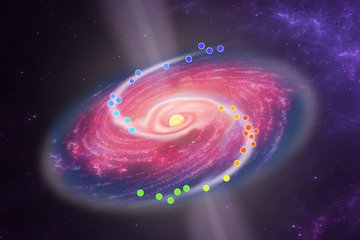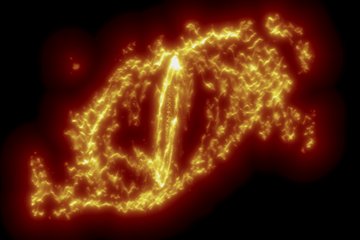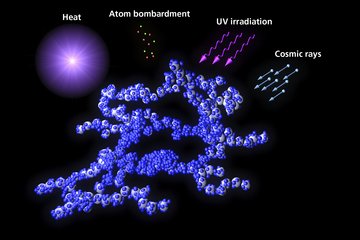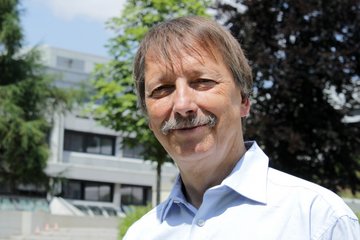Thomas K. Henning
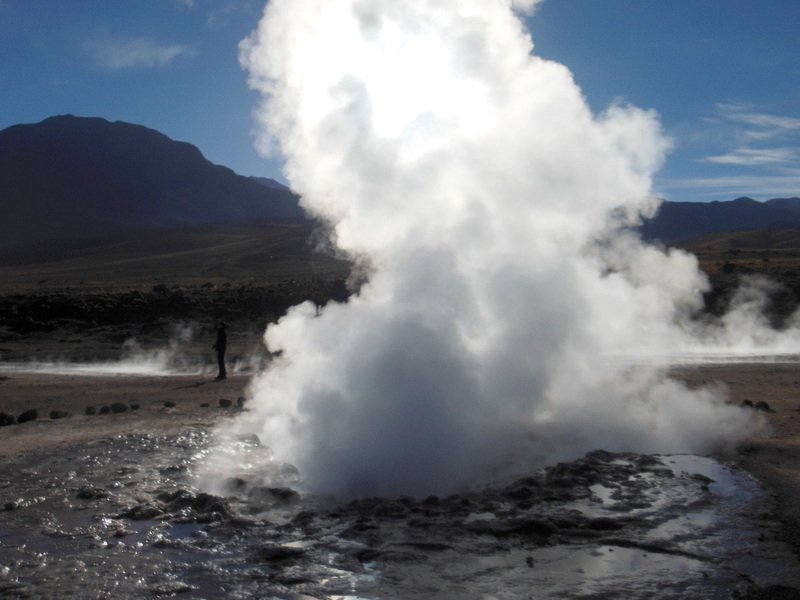
Thomas Henning has always been interested in fundamental physical and chemical processes. As a pupil in secondary school he established his own chemical laboratory and later became interested in non-linear dynamics. Today, he works on understanding how stars and planets form.
Thomas Henning uses a variety of methods ranging from radial velocity searches to transit observations and direct imaging to find and characterize exoplanets. He combines infrared observations at high spatial resolution with large-scale numerical simulations and dedicated laboratory experiments. He heads the Department of Planet and Star Formation at the Max Planck Institute of Astronomy and lectures at at the universities of Heidelberg and Jena. Henning is Adjunct Professor at the Tata Insititute of Fundamental Research in Mumbai (India) and at the TokyoTech (Japan).
Henning established the Heidelberg Origins of Life Initiative (HIFOL) and is a Co-I of major instrumentation projects such as MIRI for the James Webb Space Telescope.
Research Interests
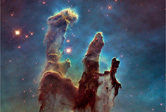
Early stages of |
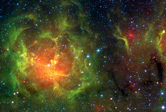
Massive star |
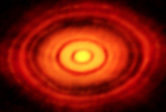
Protoplanetary disks |
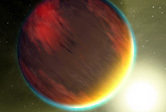
Exoplanets and |
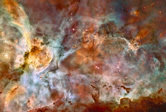
Physics and chemistry of |
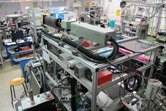
Laboratory |
